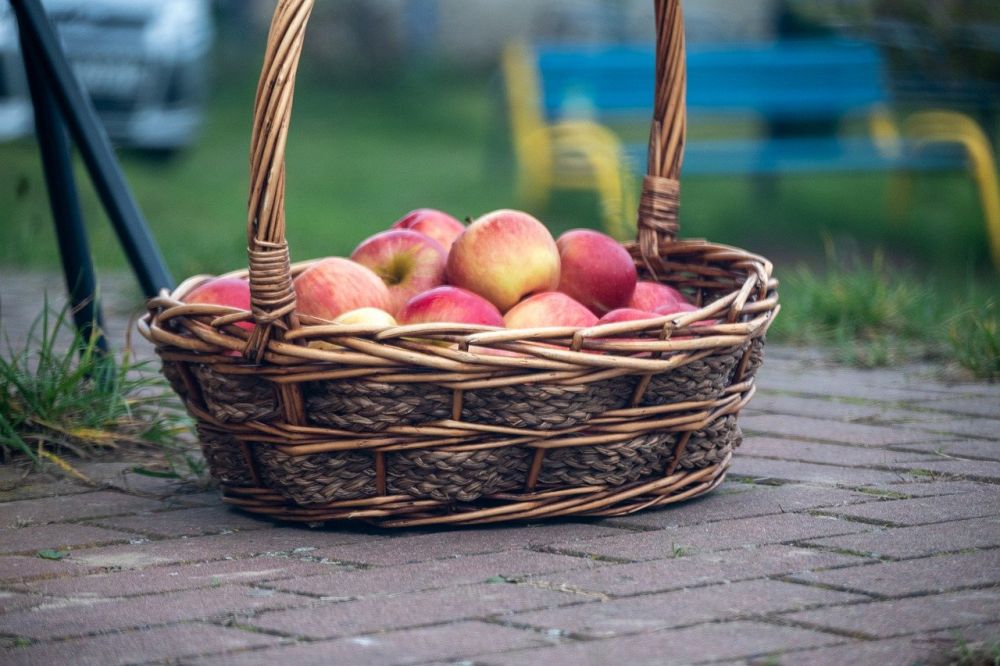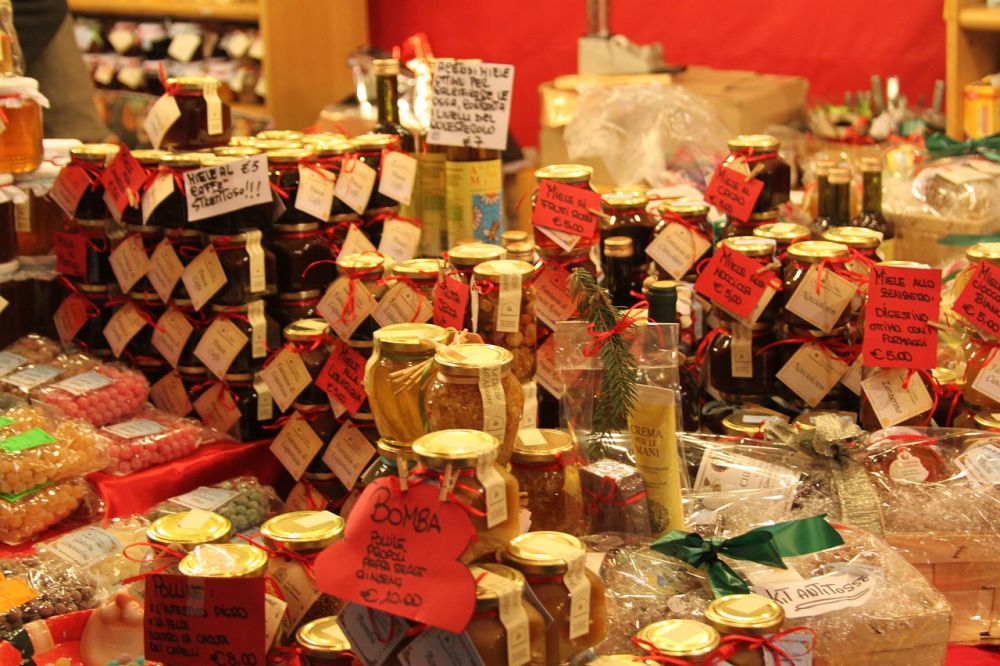Ekologiska varor: En Högkvalitativ Översikt

Climate change and environmental concerns have driven an increased interest in organic products. Consumers are seeking healthier and more sustainable alternatives to conventional items. In this comprehensive article, we will provide an in-depth overview of organic goods, their types, popularity, quantitative measurements, differences, and a historical analysis of the advantages and disadvantages associated with them.
En Övergripande, Grundlig Översikt över Ekologiska Varor
Organic goods refer to products that are produced without the use of synthetic chemicals such as pesticides, fertilizers, or genetically modified organisms (GMOs). Instead, they are grown or manufactured using natural methods that promote ecological balance and conserve biodiversity.
These products encompass various areas, ranging from organic food and beverages to organic clothing, skincare, and home cleaning products. The organic certification process ensures that these items meet specific standards set by regulatory bodies.
En Omfattande Presentation av Ekologiska Varor

Ekologiska varor är av olika slag och har fått allt större popularitet på marknaden. Inom livsmedelssektorn finns det ekologiska grönsaker, frukter, spannmål, mejeriprodukter och kött. Denna kategori sträcker sig även till drycker som ekologiskt vin, te eller kaffe. Dessutom finns det ett växande utbud av ekologiska skönhetsprodukter som inkluderar hudvård, hårvård och kosmetika.
Inom klädindustrin har ekologiska textilier blivit en trend då de inte innehåller skadliga kemikalier som kan påverka både människor och miljön. Ekologiska kläder produceras med material som är odlade utan kemiska bekämpningsmedel och ofta under rimliga arbetsförhållanden.
In the cleaning and household product arena, organic options provide an eco-friendly alternative to conventional products that often contain polluting chemicals.
Kvantitativa Mätningar om Ekologiska Varor
Att bedöma kvantitativt hur ekologiska varor har blivit populära är inte en enkel uppgift då det varierar beroende på geografisk plats och produktkategori. Men enligt European Commission har försäljningen av ekologisk mat och dryck stigit stadigt under de senaste åren.
Enligt en rapport från International Federation of Organic Agriculture Movements (IFOAM), den globala försäljningen av ekologiska produkter ökade med ca 11 procent under 2019. Ökningen beror på att fler människor blir medvetna om hälsofördelarna och hållbarhetsaspekterna av ekologiska varor.
En Diskussion om Hur Olika Ekologiska Varor Skiljer Sig från Varandra
Differences among organic goods primarily arise from the methods used in their production. For instance, organic food production involves farming practices that promote soil fertility, reduce pollution, and protect wildlife habitats. On the other hand, organic clothing production focuses on using natural and sustainable fibers, such as organic cotton or bamboo.
It’s important to note that organic standards and certification requirements may vary across countries and regions, leading to differences in labeling and consumer trust. However, the common thread remains the commitment to eco-friendly practices and the avoidance of harmful synthetic chemicals.
En Historisk Genomgång av För- och Nackdelar med Olika Ekologiska Varor
The history of organic goods can be traced back to the early 20th century when farmers and agriculturalists began questioning the bio-effects of synthetic chemicals. This led to the development of organic farming practices that aimed to preserve soil health and protect human and environmental well-being.
Significant advantages of organic goods include:
1. Health Benefits: Organic food is often perceived as healthier due to lower pesticide residues, potential for higher nutrient content, and absence of artificial additives.
2. Environmental Impact: Organic farming methods contribute to soil fertility, reduced pollution, and conservation of biodiversity.
3. Ethical Consumerism: Buying organic products supports fair trade practices, responsible resource management, and the welfare of farmers and workers.
However, organic goods also face challenges like:
1. Higher Costs: Production costs for organic goods can be higher due to increased labor, more manual processes, and limited economies of scale.
2. Limited Availability: Organic options may be less readily available, especially in certain regions or for niche product categories.
3. Misleading Claims: The lack of standardization and varying certification processes can lead to misleading labeling or claims, making it necessary to research and choose reliable organic brands.
In conclusion, the demand and interest in organic goods continue to grow as consumers prioritize their health and the environment. From organic food to clothing and household products, the market offers diverse choices for those seeking sustainable and eco-friendly alternatives. However, it is crucial for consumers to remain vigilant and ensure the organic claims are backed by reputable certifications. By making informed and conscious choices, individuals can contribute to a more sustainable future.





